The German brand of sim-racing peripherals Fanatec has been in business for over 20 years, and experience is an understatement. Its catalog includes Direct Drive bases, pedalboards with or without Load Cell, a wide range of steering wheels for all motorsport categories, a shifter, a handbrake and other sim-racing accessories.
If you’re looking to shop at Fanatec, you’ll more or less find what you’re looking for with this brand. It’s both comprehensive and high-quality, with products to suit all budgets. What’s more, Fanatec is the undisputed market leader in sim-racing peripherals for Xbox and Playstation consoles, far outstripping other brands such as Logitech and Thrustmaster. Even though the latter two offer numerous console products, the high-end segment remains dominated by Fanatec.
Speaking of sim-racing products, the German brand has 5 pedalboards, 4 of which are Load Cell. Sometimes it’s hard to make a choice, especially when it comes to this kind of racing peripheral, and that’s where we come in. We’ll help you choose between the 5 options available for Fanatec’s pedalboards.
The list below is divided into three categories: beginners, amateurs and pros.
Fanatec pedalboards for novice virtual pilots
CSL Pedals in standard and Load Cell versions
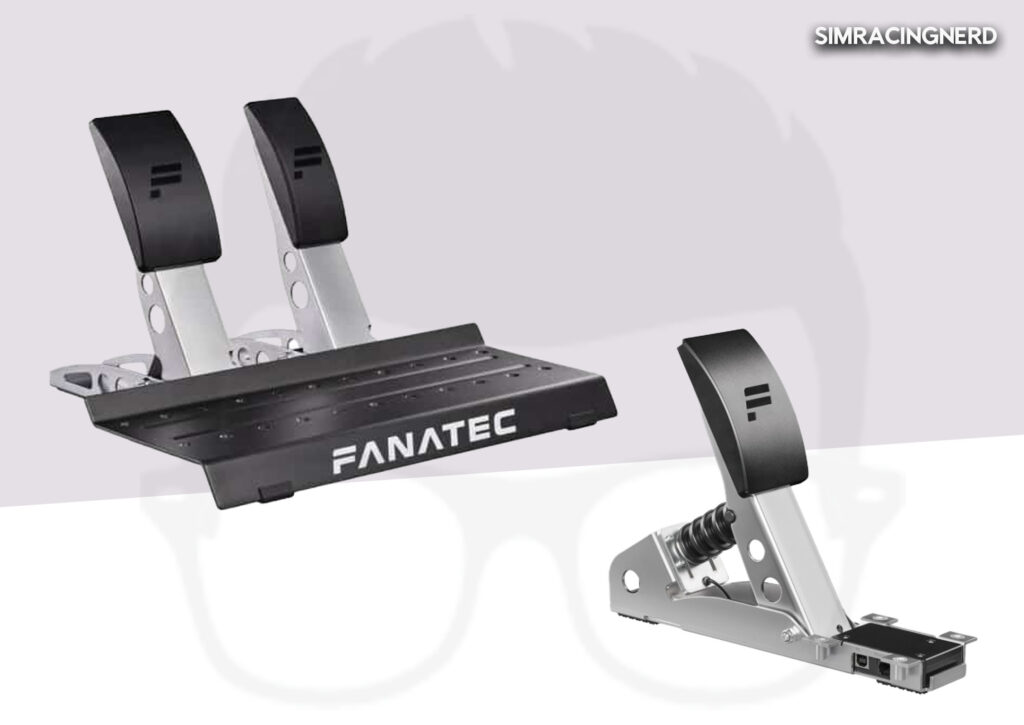
The CSL Pedals is Fanatec’s entry-level pedalboard. This device features a metal (steel) construction, with a fairly sober design. The color palette includes black for the footrest and pedal plates (plastic), and light gray/silver for the pedals themselves.
The CSL Pedals is a basic crankset, perfect for riders new to sim-racing. The resistance mechanisms are just as basic, with springs on the pedals. In the standard version, you get one gas pedal and one brake pedal, but you can add another for the clutch for €40.
The feel of this pedalboard is just right for beginners in sim-racing, or if you’re a Sunday driver spending a few hours on Forza Horizon, for example. The gas pedal is linear and very smooth under the right foot, as is the clutch. The brake pedal is a little harder than the other two, but nothing more.
The CSL Pedals use 12-bit magnetic sensors to register inputs. This is not only accurate, better than potentiometers, but also very reliable over time. What’s more, you can adjust the spacing between the pedals for a comfortable riding position.
This crankset can be upgraded with a Load Cell kit, which changes the brake pedal for one with a fairly basic LC. You’ll get elastomers and a dead zone of around 10 kg of pressure, which isn’t much by the way. The middle pedal with the LC will become harder under your foot, but the sensations will be better in sim-racing.
Now for the price. The standard CSL Pedals cost €80, the LC kit can be exchanged for €140, and if you take the Load Cell pedalboard directly, the bill will be €200. As far as I’m concerned, the CSL Pedals are perfect for racers who want a pedalboard for more immersion, and for not too much money either, whether on consoles or PC. It’s worth noting that the CSL Pedals comes half-disassembled in its box for packaging reasons.
The Fanatec pedalboard for amateur virtual pilots
CSL Elite V2
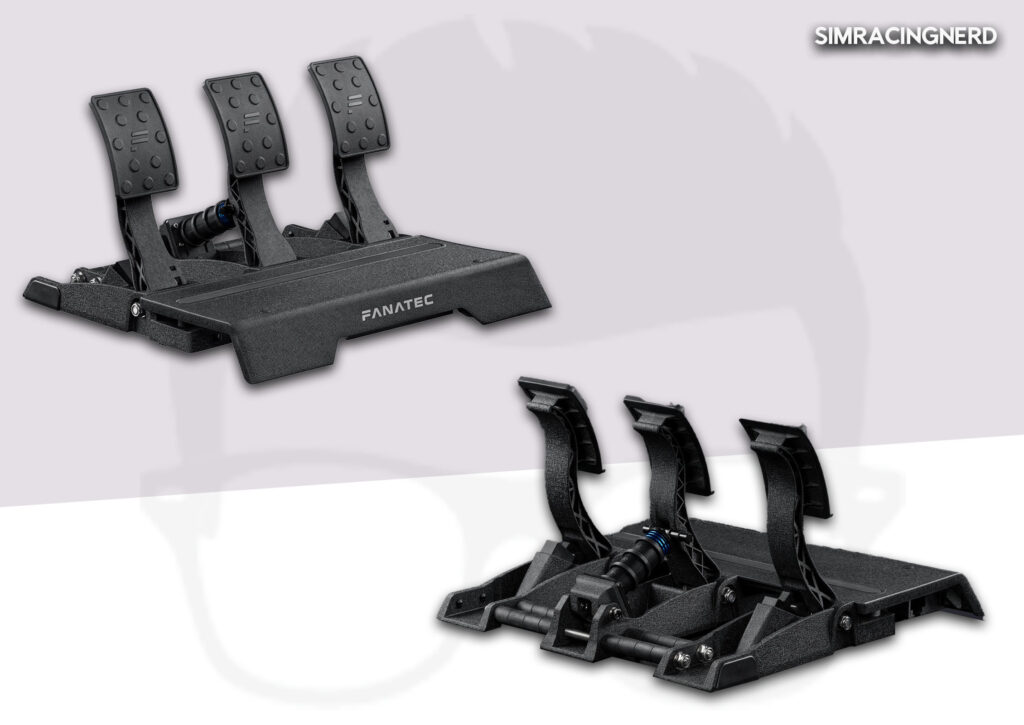
We now move on to the choice of amateur drivers, those with good sim-racing experience. This is a more muscular version of the CSL Pedals: the CSL Elite V2.
The design remains largely the same here, with features shared between the two pedalboards (CSL Pedals and Elite V2). There’s a footrest at the front and 3 pedals at the rear. But the big visual change remains the color. This time, powder-coated black covers the entire periphery, enhancing the pedalboard’s premium appearance.
Like the CSL Pedals, the Elite lets you adjust the spacing between pedals, but unfortunately you lose the customization aspect of its little brother. It’s not a big deal, but it’s worth noting.
The Elite V2’s construction is entirely metal, and that’s to be expected too, as this crankset comes as standard in Load Cell with 90 kg of force. The gas pedal and clutch pedals are very smooth to use, offering little resistance underfoot. What’s more, they’re coupled with 12-bit magnetic sensors, ensuring long-term precision and reliability.
Let’s move on to the feel of the middle pedal. The brake is equipped with a standard two-stage Load Cell. There’s a blue spring for the initial pedal stroke, and 3 elastomers for the second stage. As for the spring, it compresses pretty well under your foot, giving you light braking at first. Note that the Elite V2 comes with another spring for the LC, so you can fine-tune the settings to suit you.
As for the elastomer part, there are 3 in all on the pedal, and you also get three other sets in the box, with different levels of resistance. In absolute terms, it’s precise, doesn’t compress much and offers very good riding sensations.
The Elite V2 is compatible with consoles and PCs, provided you have a Fanatec base of course, as is the case with all the German brand’s pedalboards. Price-wise, this device retails for €300, and you’ll need a cockpit to fully exploit its Load Cell.
Fanatec pedalboards for professional virtual pilots
ClubSport Pedals V3 and the Inverted
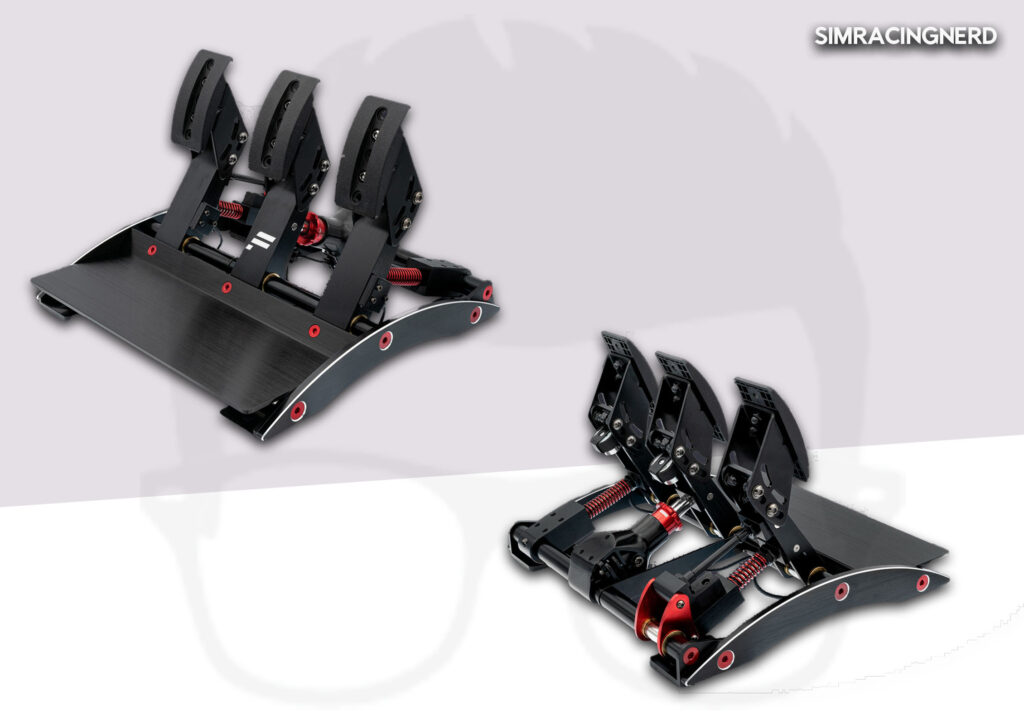
Let’s finish with Fanatec’s best offer: the ClubSport Pedals V3. This is the German brand’s top-of-the-range 3-pedal configuration, with one of the finest designs in the segment.
The ClubSport V3 is based on an all-aluminum construction, machined using CNC machines. You have three pedals that are adjustable in different ways: spacing, inclination, pedal plates, height, etc. Simply use the Allen key supplied in the box to adjust everything to your riding preferences.
The design of the ClubSport V3 is magnificent, with brushed gray and red accents on the screws and other crankset components. The brake pedal features the Fanatec “F” in white, and that’s it.
At the rear, the resistance mechanism parts are in red. Throttle and clutch springs provide a very good feel underfoot. The accelerator pedal can be changed to be very soft or not.
As far as the brake is concerned, Fanatec has equipped this crankset with a two-stage Load Cell system capable of absorbing 90 kg of force. The system is adjustable both via hardware, with a thumbwheel on the brake damper, and via software for everything from dead zone to saturation.
Brake feel is linear at first, when you’re on the initial pedal stroke. As soon as you reach the LC, i.e. the elastomers, things change. Your foot will hit a wall and hardly move, even if you go for it. Incidentally, it’s highly advisable to use this pedalboard on a cockpit for obvious reasons: if you brake too hard and this peripheral is on the ground, even if it has rubber pads, the latter will slip. Note that the LC can be adjusted using the other springs and elastomers supplied.
Fanatec offers the same pedals, but in an inverted version, with the clutch and brake pedals mounted on a bracket at the top of the device. The purpose of this version is to provide greater realism, as well as increased immersion due to the position of the pedals. The feel is identical, so there are no surprises here.
Compatibility is the same as with other products from the German brand. ClubSport V3 will work on PCs with or without a Fanatec base (USB cable), and on consoles only with a base from the same brand.
Let’s finish with the prices. The standard ClubSport Pedals V3 costs €400, and the Inverted version goes for €200 more, i.e. €600. Expensive, yes, but passion is priceless. What’s more, this is the best pedalboard Fanatec currently offers, and I think it’s clearly worth the price.

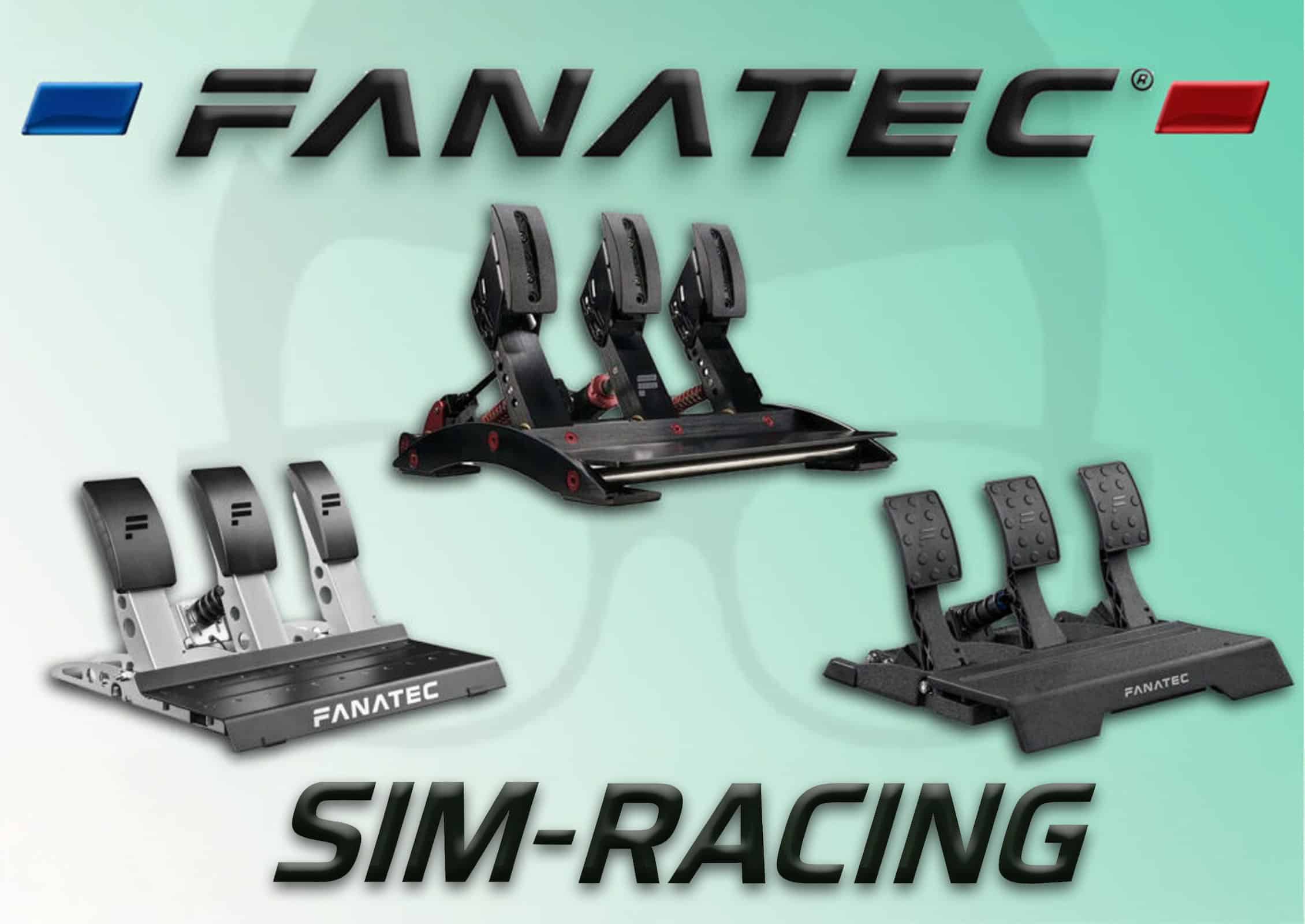

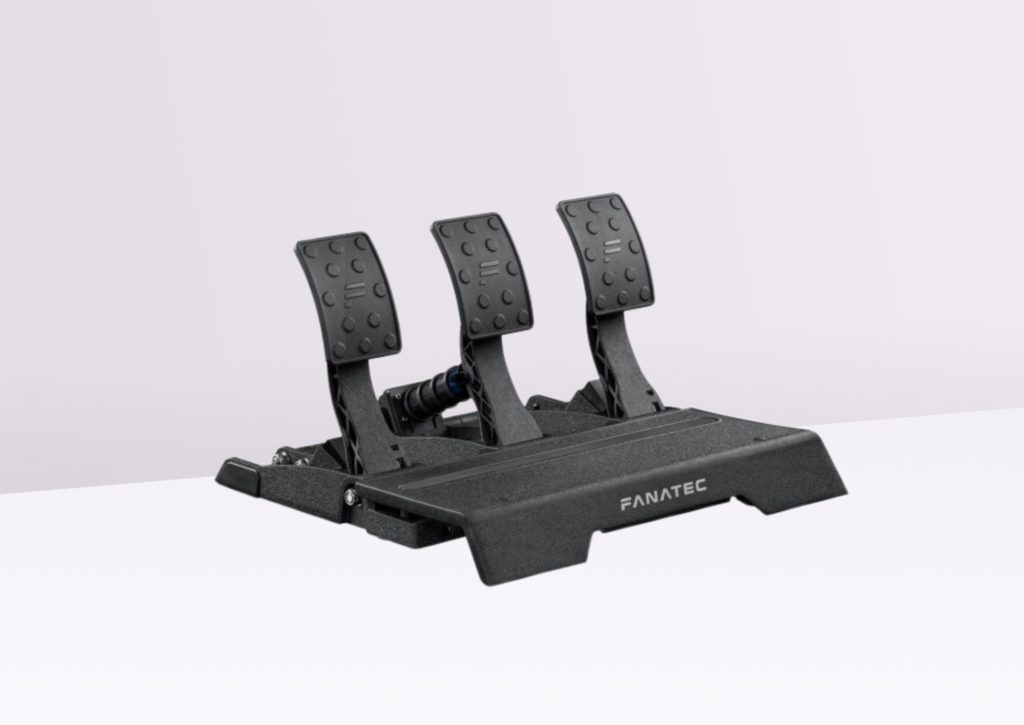
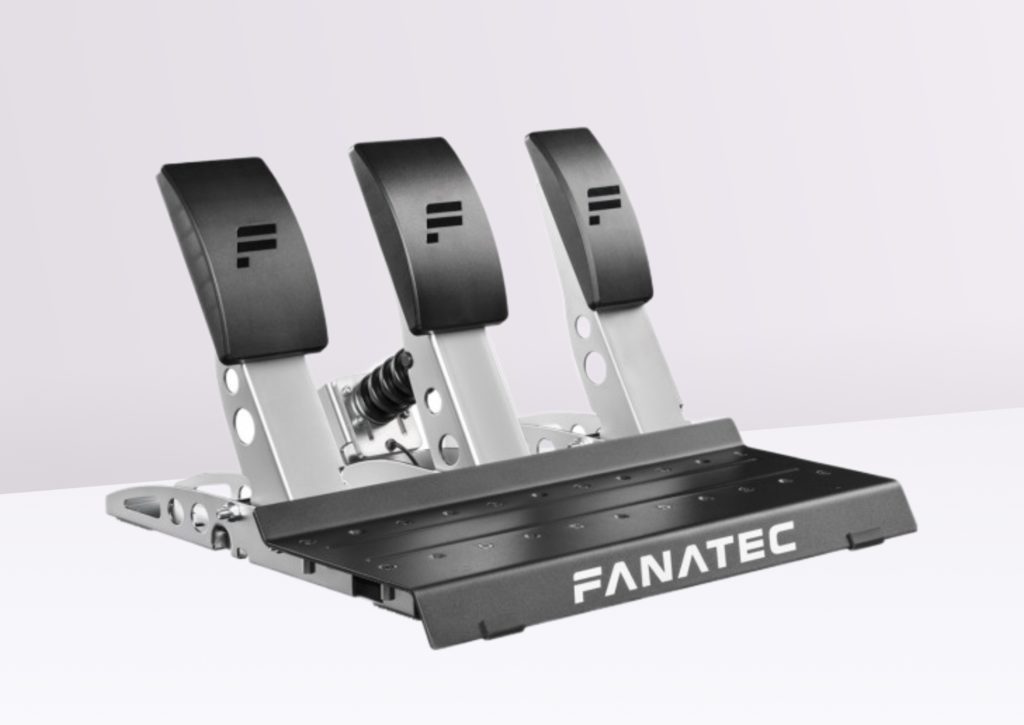
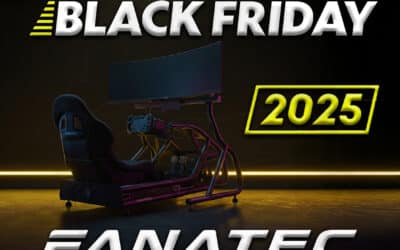
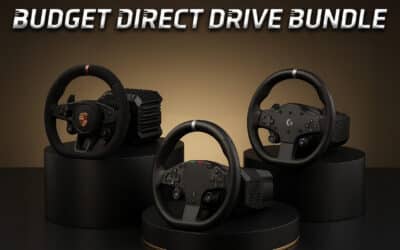
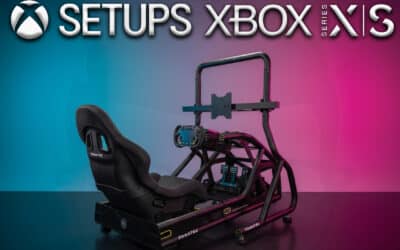

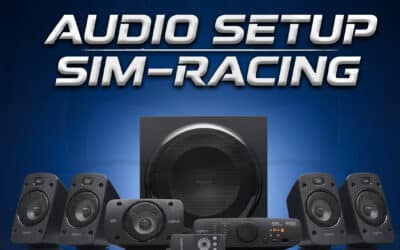
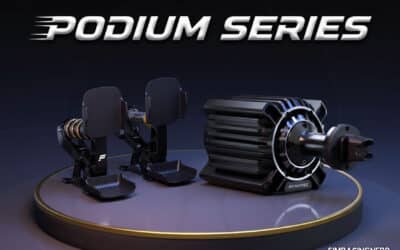
0 Comments